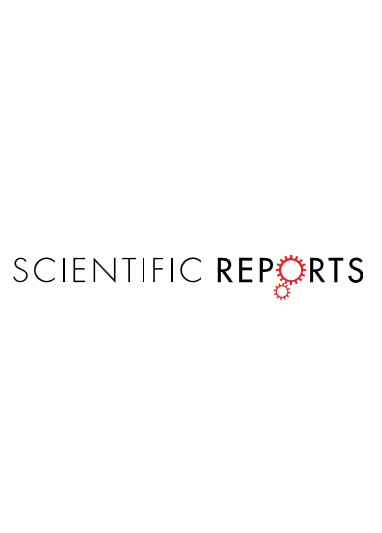Nanometric axial resolution of fibronectin assembly units achieved with an efficient reconstruction approach for multi-angle-TIRF microscopy.
Sci Rep. 2019 Feb 13;9(1):1926. doi: 10.1038/s41598-018-36119-3.
Soubies E1,2, Radwanska A3, Grall D3, Blanc-Féraud L4, Van Obberghen-Schilling E3,5, Schaub S6,7.
Author information
1. Université Côte d’Azur, CNRS, Inria, I3S, France. emmanuel.soubies@epfl.ch.
2. Biomedical Imaging Group, EPFL, Lausanne, Switzerland. emmanuel.soubies@epfl.ch.
3. Université Côte d’Azur, CNRS, Inserm, iBV, France.
4. Université Côte d’Azur, CNRS, Inria, I3S, France.
5. Centre Antoine Lacassagne, Nice, France.
6. Université Côte d’Azur, CNRS, Inria, I3S, France. schaub@unice.fr.
7. Université Côte d’Azur, CNRS, Inserm, iBV, France. schaub@unice.fr.
Abstract
High resolution imaging of molecules at the cell-substrate interface is required for understanding key biological processes. Here we propose a complete pipeline for multi-angle total internal reflection fluorescence microscopy (MA-TIRF) going from instrument design and calibration procedures to numerical reconstruction. Our custom setup is endowed with a homogeneous field illumination and precise excitation beam angle. Given a set of MA-TIRF acquisitions, we deploy an efficient joint deconvolution/reconstruction algorithm based on a variational formulation of the inverse problem. This algorithm offers the possibility of using various regularizations and can run on graphics processing unit (GPU) for rapid reconstruction. Moreover, it can be easily used with other MA-TIRF devices and we provide it as an open-source software. This ensemble has enabled us to visualize and measure with unprecedented nanometric resolution, the depth of molecular components of the fibronectin assembly machinery at the basal surface of endothelial cells.
PMID: 30760745
DOI:10.1038/s41598-018-36119-3

